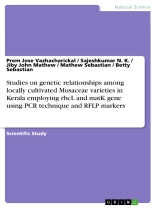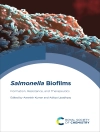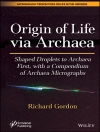Scientific Study from the year 2016 in the subject Biology – Micro- and Molecular Biology, grade: 1, 5, Mar Augusthinose College, language: English, abstract: The classification of the Musaceae (banana) family species and their phylogenetic inter-relationships remain controversial, in part due to limited nucleotide information to complement the morphological and physiological characters. In this work the phylogenetic relationships within the Musaceae family were studied locally using 3 species. DNA sequences obtained from nine unlinked nuclear genes. Musa species grow in a wide range of environments and have varied human uses, ranging from the edible bananas and plantains of the tropics to cold-hardy fibre and ornamental plants. There are five taxonomic sections in the genus Musa, two of which contain edible bananas. For studying phylogeny of locally collected Musaceae (banana) family varieties using rbc L gene and mat K gene. For this study DNA was extracted by using CTAB method. This extracted DNA was analysed by spectrophotometry method for checking purity of DNA. The samples were gel electrophoresed by 1% agarose gel electrophoresis at 80 volts. After electrophoresis the gel is examined in gel documentation system. The DNA band was observed under UV light looking florescent orange red colour. The extracted DNA was amplified by PCR method and PCR sample was applied for electrophoresis for checking DNA bands. After all this analysis PCR sample send for DNA sequencing for checking the nucleotide. Comparing the sequenced nucleotide for checking phylogeny of locally collected banana varieties. The locally collected gene sequence-based phylogeny presented here provides support for the early studies of speciation within the Musaceae. An understanding of the main phylogenetic relationships between banana species will help to fine-tune the taxonomy of Musaceae.
Om författaren
Dr. Prem Jose Vazhacharickal is currently working as an assistant professor in the Department of Biotechnology, Mar Augusthinose College, Ramapuram, Kerala, India. He received the research training and academic guidance from Prof. Dr. Andreas Buerkert, University of Kassel, Germany.












